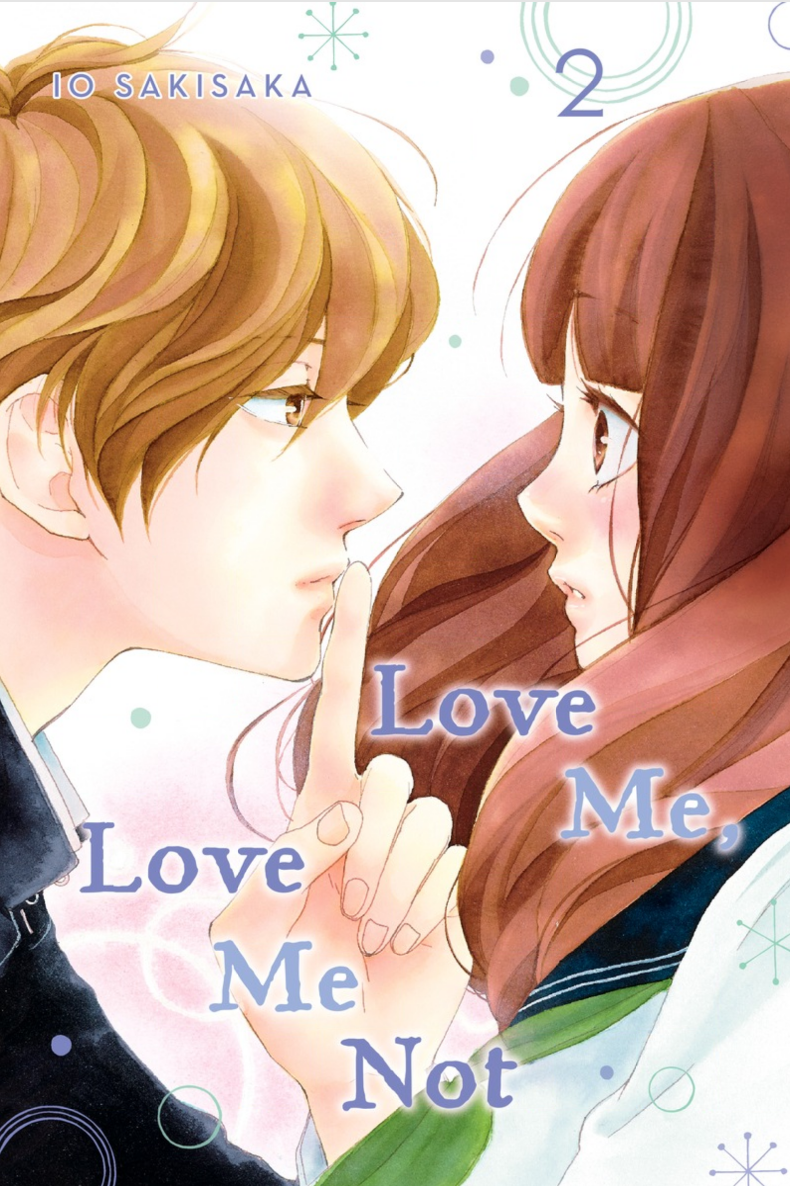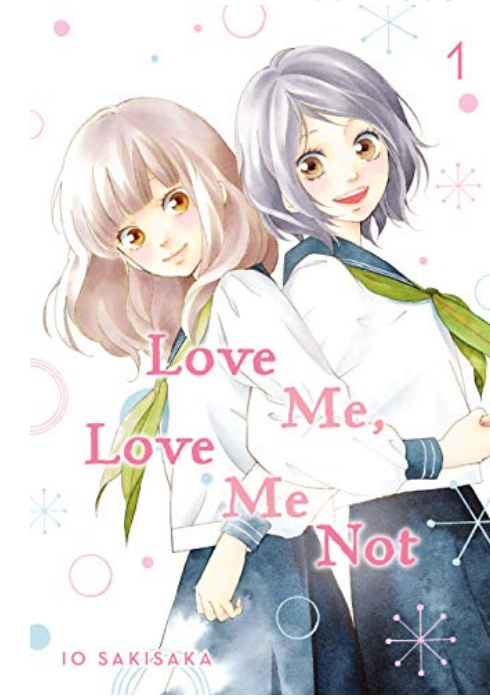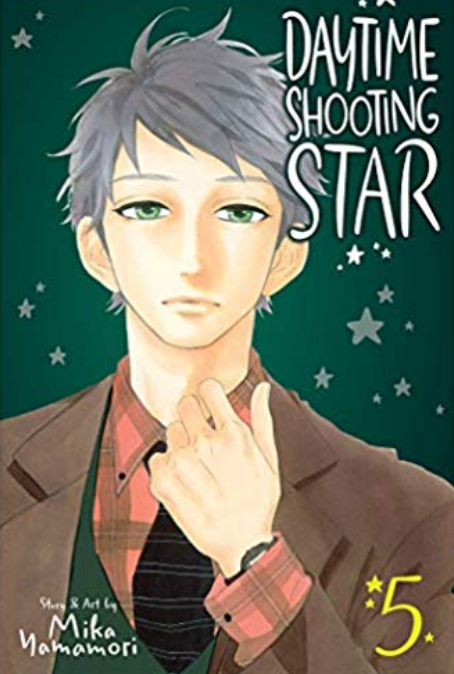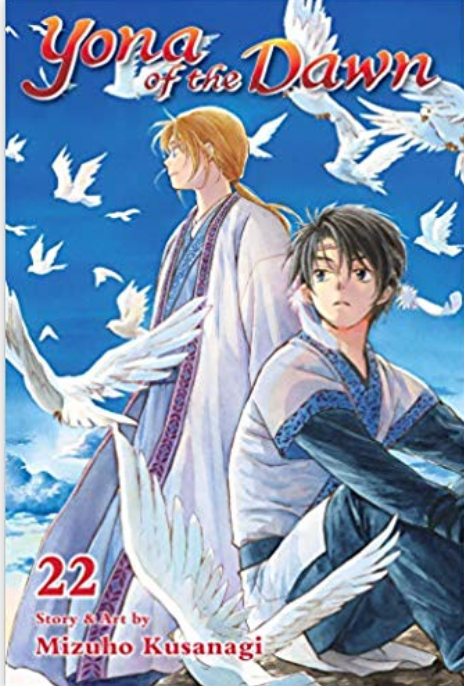Love Me, Love Me Not, Volume 2 by Io Sakisaka
At two volumes in, I’m not feeling quite as connected to the characters in Love Me, Love Me Not as compared to Strobe Edge, but Sakisaka is still doing a great job setting up a complicated and thoughtful teen romance drama. Yuna is still processing her feelings about the complex relationship between step-siblings Akari and Rio as she also deals with her own attraction to Rio. Yuna’s hesitation and introspection is prompted by the fact that she’s never experienced love outside of books. Rio also seems more attuned to Yuna than he is for girls who he has a more superficial relationship. He notices her being less shy around him, and figures out a way to set up their study group so she doesn’t feel hesitation about asking him questions. All along, Rio has encouraged Yuna to pursue a relationship with the boy she has a crush on, not knowing that she’s talking about him. Yuna’s love confession is unconventional, as she tells Rio about her feelings and says “Now, reject me.”
Rio reacts with a lot more compassion than he usually does with the girls who are attracted to him only for his looks, and Yuna deals with the aftermath. Both Akari and Kazu are impressed with Yuna’s emotional growth and general levelheadedness. While it is fairly easy for the reader to understand Rio, Akari, and Yuna, Kazu remains a perpetually cool enigma. Akari is fascinated by him, but he’s still a bit of a blank slate, defined only by his occasional blunt and insightful statements. I’m hoping that in the next few volumes his character becomes as well defined as the other series leads. This was a strong second volume, and I’m looking forward to seeing how the series develops. Sakisaka is great at capturing all the subtleties of emotion in her drawings, and even though much of this manga is people simply talking to each other in a variety of settings, her paneling and the emotional stakes involve keeps everything dynamic.





Recent Comments